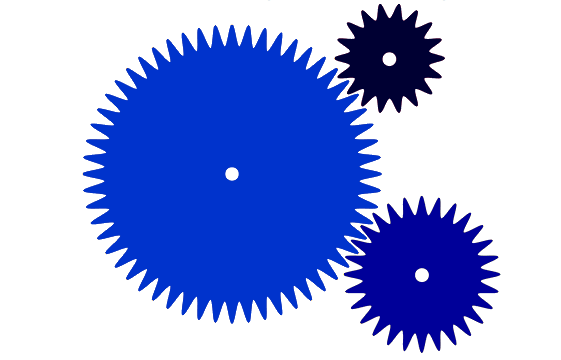Science in Year 3
The National Curriculum for Science in Year 3
Working Scientifically
During years 3 and 4, pupils will be taught to use the following practical scientific methods, processes and skills through the teaching of the programme of study content:
- asking relevant questions and using different types of scientific enquiries to answer them
- setting up simple practical enquiries, comparative and fair tests
- making systematic and careful observations and, where appropriate, taking accurate measurements using standard units, using a range of equipment, including thermometers and data loggers
- gathering, recording, classifying and presenting data in a variety of ways to help in answering questions
- recording findings using simple scientific language, drawings, labelled diagrams, keys, bar charts, and tables
- reporting on findings from enquiries, including oral and written explanations, displays or presentations of results and conclusions
- using results to draw simple conclusions, make predictions for new values, suggest improvements and raise further questions
- identifying differences, similarities or changes related to simple scientific ideas and processes
- using straightforward scientific evidence to answer questions or to support their findings.
Plants
- identify and describe the functions of different parts of flowering plants: roots, stem/trunk, leaves and flowers
- explore the requirements of plants for life and growth (air, light, water, nutrients from soil, and room to grow) and how they vary from plant to plant
- investigate the way in which water is transported within plants
- explore the part that flowers play in the life cycle of flowering plants, including pollination, seed formation and seed dispersal.
Animals including humans
- identify that animals, including humans, need the right types and amount of nutrition, and that they cannot make their own food; they get nutrition from what they eat
- identify that humans and some other animals have skeletons and muscles for support, protection and movement.
Rocks
- compare and group together different kinds of rocks on the basis of their appearance and simple physical properties
- describe in simple terms how fossils are formed when things that have lived are trapped within rock
- recognise that soils are made from rocks and organic matter.
Light
- recognise that they need light in order to see things and that dark is the absence of light
- notice that light is reflected from surfaces
- recognise that light from the sun can be dangerous and that there are ways to protect their eyes
- recognise that shadows are formed when the light from a light source is blocked by a solid object
- find patterns in the way that the size of shadows change.
Forces and Magnets
- compare how things move on different surfaces
- notice that some forces need contact between 2 objects, but magnetic forces can act at a distance
- observe how magnets attract or repel each other and attract some materials and not others
- compare and group together a variety of everyday materials on the basis of whether they are attracted to a magnet, and identify some magnetic materials
- describe magnets as having 2 poles
- predict whether 2 magnets will attract or repel each other, depending on which poles are facing.

